News 4/16/13
Physicians should “pause before posting” online, according to recommendations from The American College of Physicians and Federation of State Medical Boards. In order to protect the patient-physician relationship and observe professional conduct, other recommendations for physicians include:
- Not friending or contacting patients through personal social media
- Texting patients only if they consent, and then only with extreme caution
- Communicating electronically only with established patients that have given consent.
Most physicians support patient self-tracking to collect and share their health data. More than two-thirds of physicians report having at least one patient sharing health measurement data and three-fourths believe self-tracking leads to better patient outcomes.
SuccessEHS integrates its SuccessEHS 6.1 EHR/PM solution with four Welch Allyn medical diagnostic devices.
The Greater Miami Chamber of Commerce names CareCloud the 2013 Technology Company of the Year. CEO Albert Santalo accepted the award on the company’s behalf.
Practice Fusion launches Patient Fusion, which allows patients to schedule online appointments via the Web with any of the free EHR company’s 27,000 physician users and access their health records online. Mobile versions will follow.
Phreesia partners with EHR Integration Services to integrate its self-service patient check in technology with existing PM and EHR systems.
Athenahealth will provide developers access to APIs to connect to athenahealth’s physician network, including appointment data and anonymized billing and medical history. Possible apps could facilitate scheduling, data sharing between practices, and practice-patient communications.
Athenahealth also announces that Cerner has certified athenaNet for interoperability with the Cerner network.
Surescripts awards DrFirst the 2012 White Coat of Quality award for its Rcopia e-prescribing software.

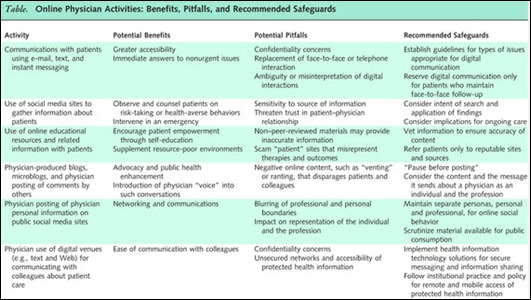
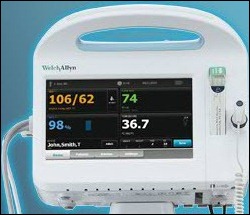

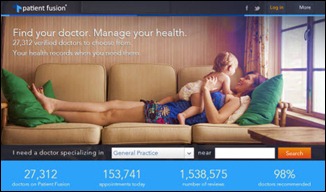


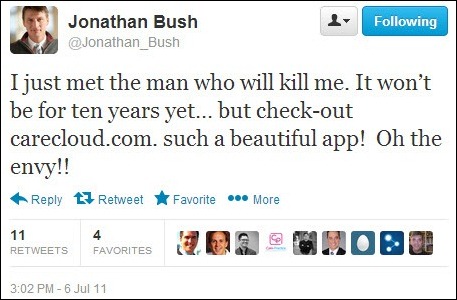
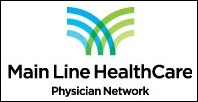









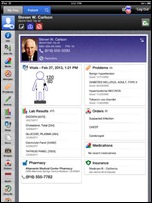
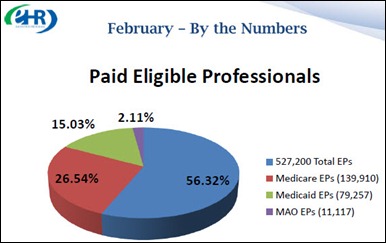

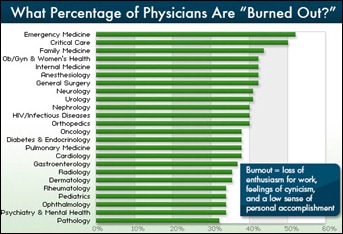
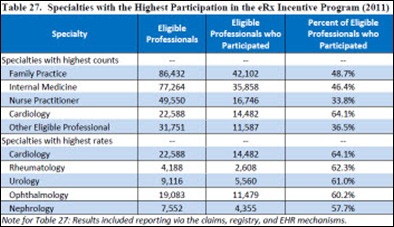


The article about Pediatric Associates in CA has a nugget with a potentially outsized impact: the implication that VFC vaccines…